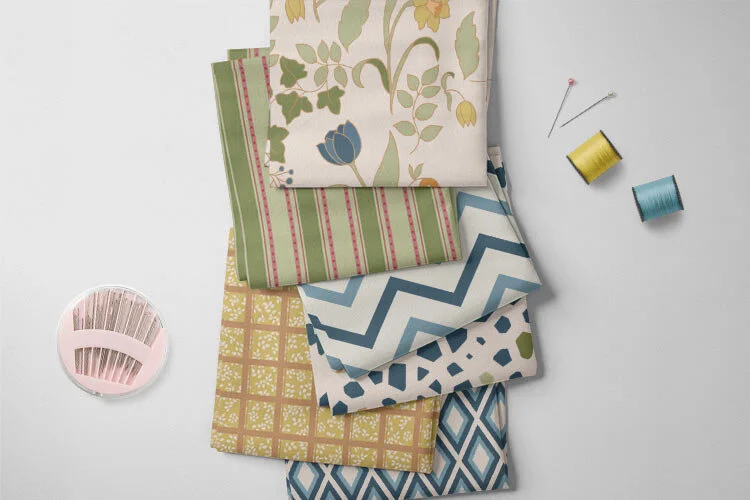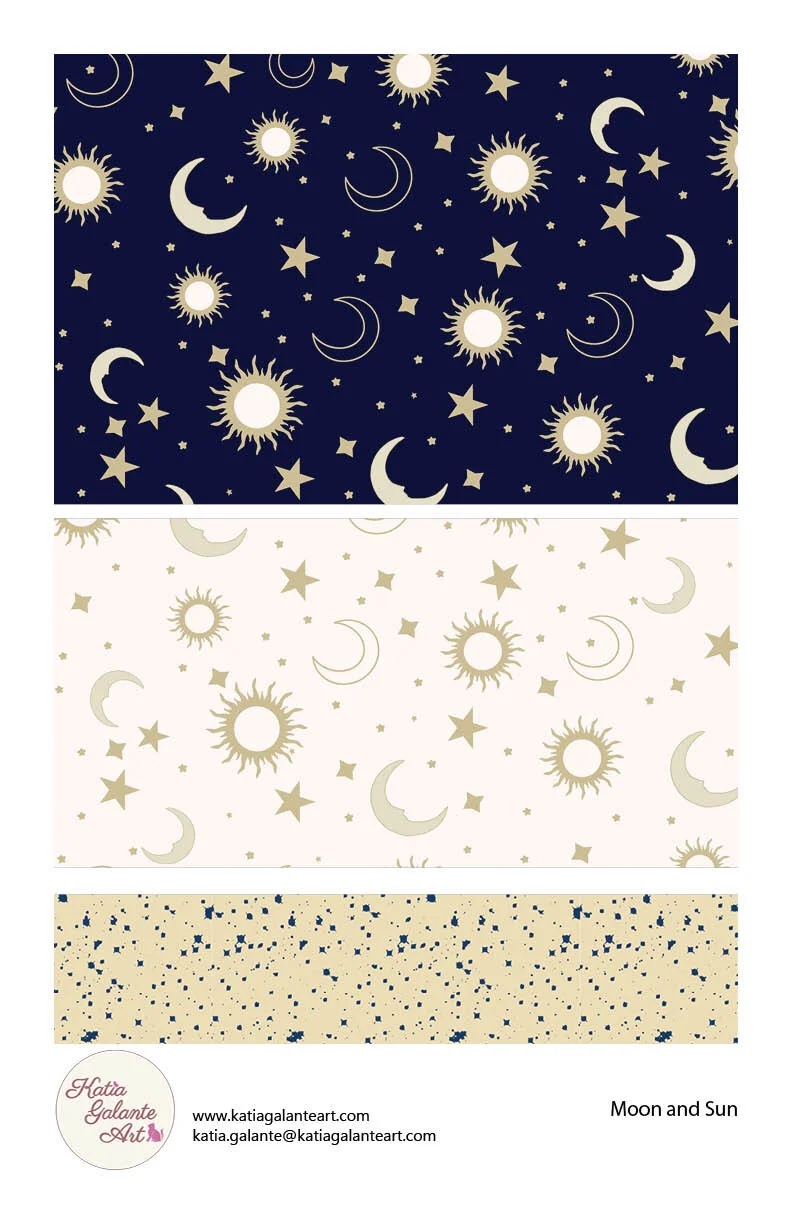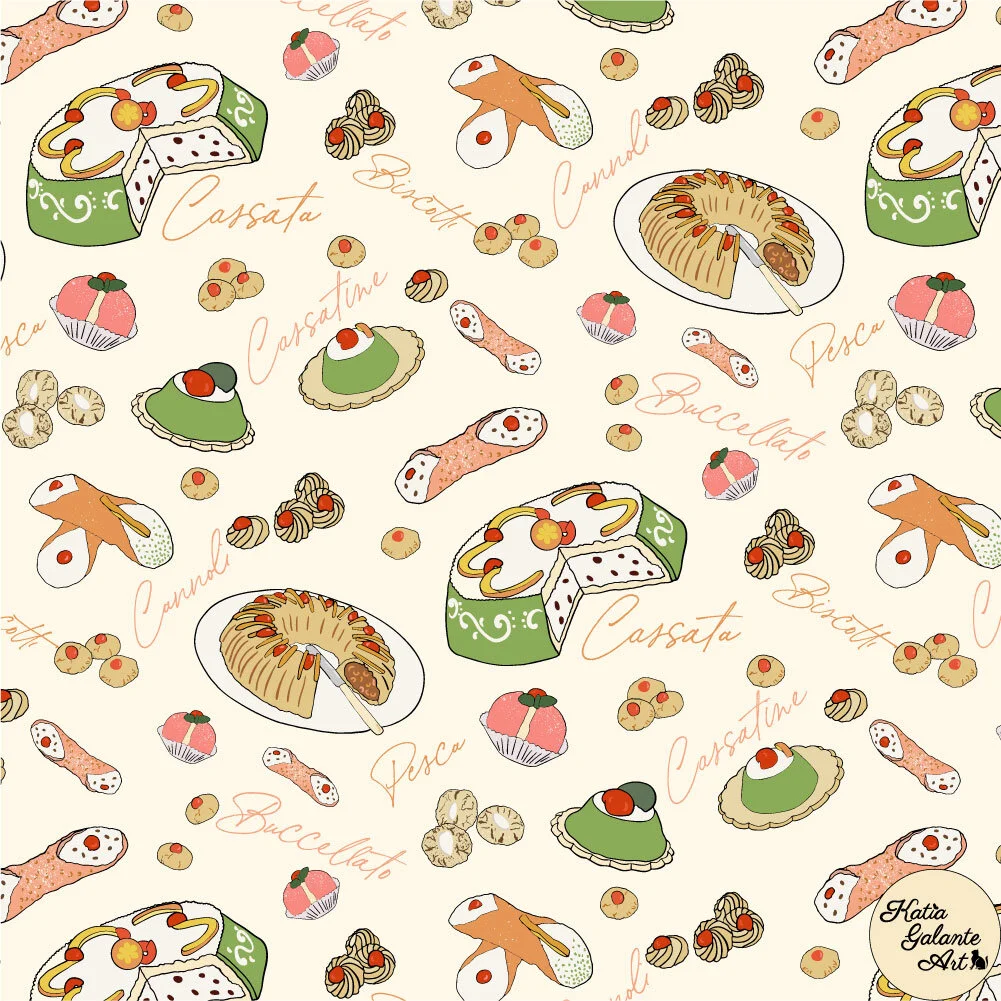Pattern design is an art form that requires both creativity and technical skill. Whether you're a beginner or an experienced pattern designer, there are always ways to improve your craft. Here are 7 tips for better pattern design:
1) Think about the end-use of the pattern. The end-use of a pattern refers to the specific purpose or application of the design. For example, a pattern designed for clothing may require different considerations compared to a pattern designed for home decor or packaging.
When designing a pattern, it is important to consider the end-use to ensure that the design is appropriate for its intended purpose. This includes factors such as the scale of the pattern, the color palette, and the motif style.
For instance, a pattern intended for clothing may need to be designed with a smaller scale to fit within the limited surface area of the garment. Additionally, the color palette and motif style should reflect the overall aesthetic of the clothing line or collection.
On the other hand, a pattern designed for home decor may require a larger scale to cover a larger surface area such as a wall or a sofa. The color palette and motif style should also be considered in relation to the existing decor of the room where it will be used.
Similarly, a pattern designed for packaging may need to consider factors such as the size and shape of the packaging, the intended audience, and the branding of the product.
By considering the end-use of the pattern, a designer can create a design that is not only visually appealing but also appropriate for its intended purpose. This approach can lead to more successful and effective designs that meet the needs and expectations of the audience or customer.
2) Keep it simple. Sometimes the most effective patterns are the simplest ones. Don't try to over complicate things with too many motifs or colors. Stick to a simple color palette and a few key motifs that work well together. Try making some changes by playing with scale. A smaller scale can create a more delicate and intricate pattern, while a larger scale can make a bold statement. Try mixing different scales within the same pattern for added interest.
3) Use color effectively: Color can make or break a pattern design.
Start with a color story: Begin by selecting a palette of colors that will work together in your design. Consider the mood you want to convey and the audience you are designing for. You can create a color story by selecting colors that harmonize well or by choosing complementary colors that add visual interest.
Use color to create depth: Use a range of colors to create depth in your design. You can achieve this by using light and dark shades of the same color or by incorporating colors that complement each other.
Consider the background color: When selecting the colors for your pattern, also consider the background color. Your background color should complement the other colors in your design and should not overpower your motif.
Use color to emphasize your motifs: Use color to highlight certain motifs in your design. You can use a pop of color to draw the eye to a specific part of your design, or use a monochromatic color scheme to highlight a certain motif.
Think about the final product: Consider the final product that your design will be used for. Different products may require different color schemes, for example, home decor products may require more muted colors while fashion products may require more bold and bright colors.
Test your color choices: Before finalizing your design, test your color choices on different backgrounds and in different formats to make sure they look good together. This will help you identify any issues and make necessary adjustments.
4) Pay attention to composition. Composition is the arrangement of elements within a design. A well-composed pattern refers to a design where each element, including motifs and negative space, is thoughtfully placed in a way that creates a harmonious and visually pleasing overall composition.
When creating a pattern, it is important to consider the placement of each element and how they relate to each other. This involves thinking about the scale and placement of motifs, the use of color and texture, and the overall balance of the design.
Negative space, which is the space around and between motifs, is just as important as the motifs themselves. It is the blank space that allows the motifs to stand out and adds to the overall visual appeal of the design. Paying attention to the balance between positive and negative space in your design is crucial to creating a well-composed pattern.
For instance, if there is too much negative space, the pattern may appear too sparse or empty, and if there is too much going on, the pattern may feel overwhelming or chaotic. Achieving the right balance requires careful consideration of each element in the design.
To ensure that your pattern has a pleasing balance and flow, consider the following tips:
Use a grid system: Using a grid system can help you maintain balance and proportion in your design.
Create a focal point: Establish a focal point in your design by emphasizing a specific motif or color. This can help create a sense of balance and order.
Experiment with scale: Varying the scale of your motifs can add interest and visual depth to your design.
Use repetition: Repeating motifs can help create a sense of rhythm and flow in your design.
Step back and view the design as a whole: Taking a step back from your work and viewing it as a whole can help you identify areas that may need adjustment or tweaking.
By paying attention to the placement of each element in your design, and finding the right balance between positive and negative space, you can create a well-composed pattern that is visually appealing and effective.
5) Experiment with different mediums: Don't be afraid to experiment with different mediums when designing your pattern. Try hand-drawing, painting, or digital design to see which works best for your style. If you’ve never drawn a pattern by hand you can check out my class: “How To Make A Pattern Repeat Tile By Hand”
6) Keep it simple: Sometimes less is more when it comes to pattern design. A simple, clean design can be just as effective as a complex one. Don't over complicate your pattern by adding too many elements.
7) Test your pattern: Once you've designed your pattern, test it out in different contexts (mock ups are really good for this). This will help you identify any issues and make adjustments before finalizing your design.
If you are new to pattern design you can check out my classes on Skillshare:
Tools for Surface Pattern Designers and Illustrators in Adobe Illustrator
The 9 Most Common Surface Pattern Repeats and How To Create Them
The Most Common Mistakes When Creating a Repeat Pattern and How To Fix Them
The Magic of Symbols: Create Pattern Collections in Minutes
Learn How To Create Truchet Patterns The Easy Way!
Or you can find these classes on Gumroad to purchase and own:
How To Make A Pattern Repeat Tile By Hand
Tools for Surface Pattern Designers and Illustrators in Adobe Illustrator
The Most Common Mistakes When Creating a Repeat Pattern and How To Fix Them
How To Create Easy Templates For Fun Symmetrical Patterns
Find Your Favourite Colour Palette - For Artists and Surface Pattern Designers
I hope these tips help you create some amazing patterns. Happy designing!







